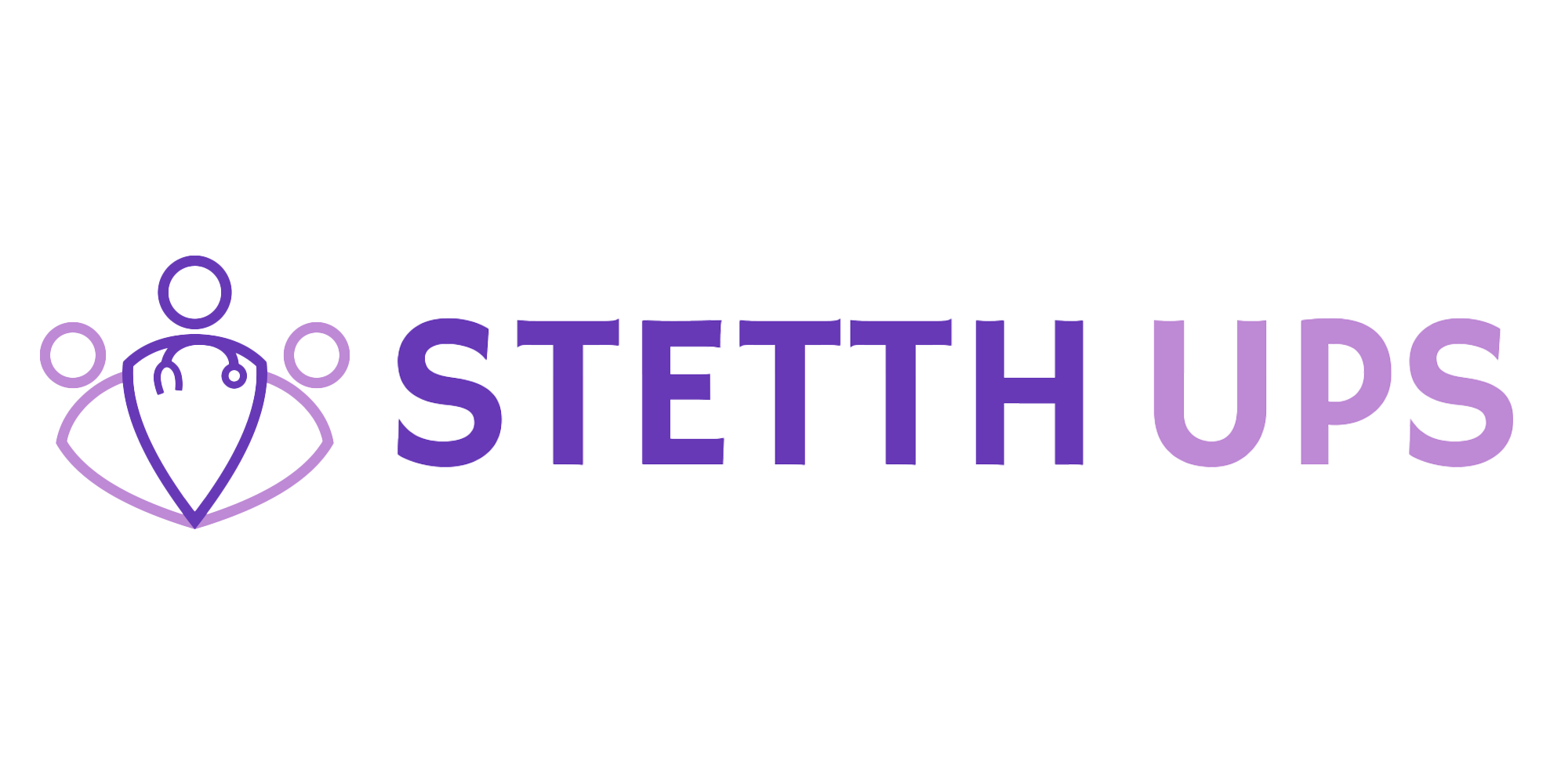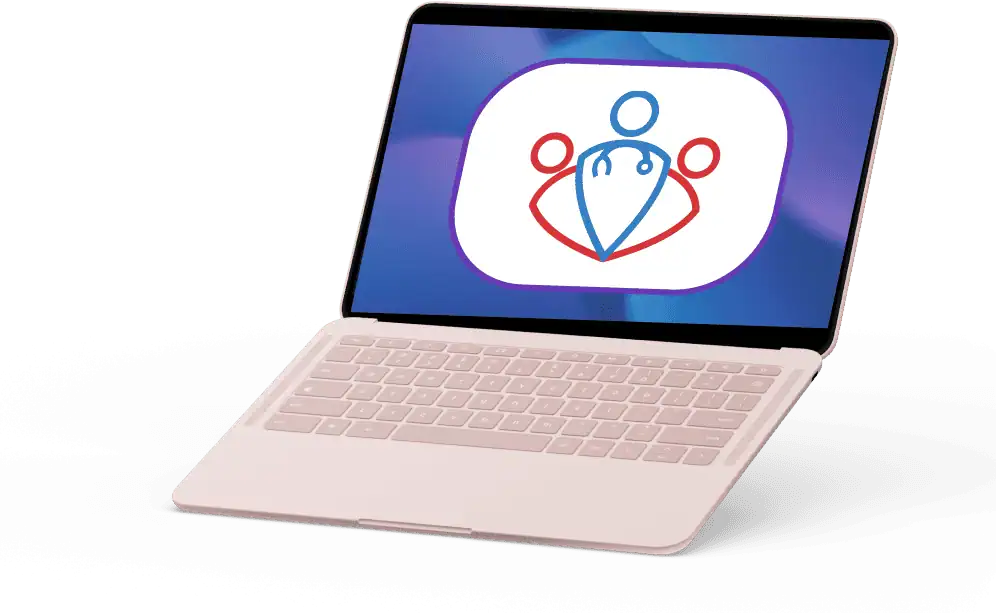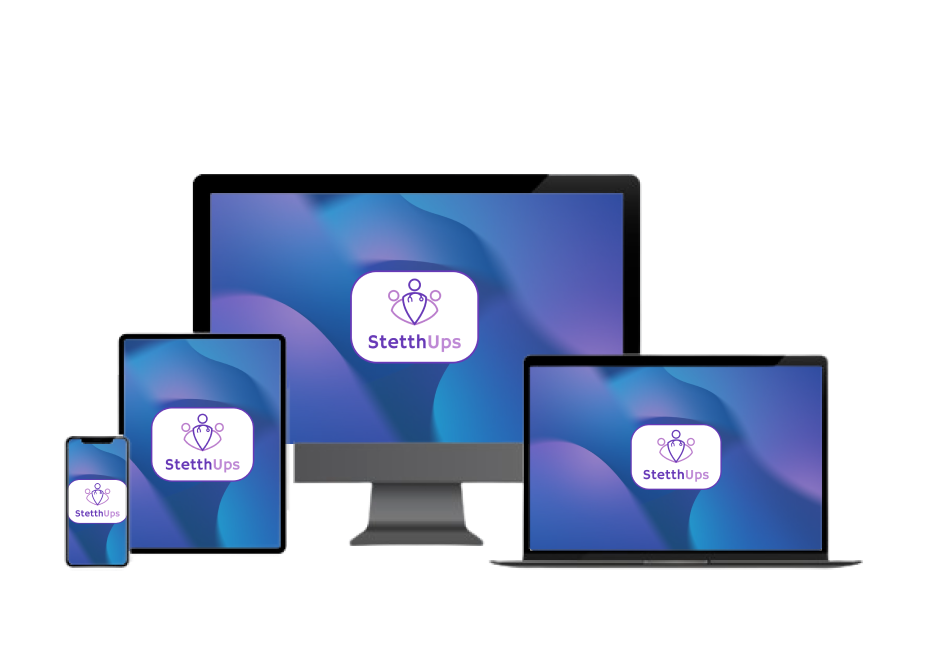In the ever-evolving landscape of medical education, the integration of innovative learning methods has become a cornerstone for success. Among these, audio-visual learning has emerged as a transformative approach, revolutionizing the way aspiring medical professionals prepare for competitive examinations such as NEET PG, USMLE, PLAB, and FMGE. This dynamic method not only enhances knowledge retention but also bridges the gap between theoretical concepts and practical applications.
Why Audio-Visual Learning?
Traditional learning methods often rely heavily on text-based resources, which can sometimes fail to engage students effectively. In contrast, audio-visual learning incorporates videos, animations, and interactive presentations, providing a more immersive experience. Research shows that learners retain information more effectively when it is presented through a combination of auditory and visual stimuli. This is particularly beneficial in medical education, where understanding complex physiological and anatomical processes is crucial.
For students preparing for competitive exams such as NEET PG, USMLE, PLAB, and FMGE, audio-visual learning tools serve as invaluable resources. They simplify intricate topics through visual demonstrations and auditory explanations, making it easier to grasp challenging concepts. Moreover, these tools are accessible online, allowing students to learn at their own pace and revisit difficult topics as needed.
Enhancing Exam Preparation
Medical examinations like NEET PG and USMLE require a deep understanding of subjects such as anatomy, pharmacology, and pathology. Audio-visual learning aids in breaking down these subjects into manageable sections. Interactive videos, for instance, can demonstrate surgical procedures or pathological conditions, offering a clearer perspective than static images in textbooks. Similarly, audio-based lectures are perfect for on-the-go learning, enabling students to maximize their preparation time.
Additionally, platforms offering audio-visual learning often include quizzes, flashcards, and practice questions tailored to the exam syllabus. These features help students identify their strengths and weaknesses, ensuring a more targeted approach to preparation. For exams like FMGE, where understanding clinical scenarios is paramount, video-based case studies provide a practical edge by simulating real-life situations that doctors may encounter in their careers.
Benefits Beyond Exams
The advantages of audio-visual learning extend far beyond exam preparation. By engaging multiple senses, this method fosters a deeper understanding and long-term retention of information, which is essential for medical professionals. Audio-visual tools also encourage active learning, allowing students to take control of their education and engage with the material in a meaningful way. This not only prepares them for exams but also equips them with the skills required for lifelong learning in their medical careers.
Conclusion
The significance of audio-visual learning in medical education cannot be overstated. By combining technology with education, it offers a comprehensive, engaging, and flexible way to master complex topics. As students prepare for exams like NEET PG, USMLE, PLAB, and FMGE, embracing audio-visual tools can significantly enhance their chances of success. The future of medical education undoubtedly lies in such innovative learning approaches, which not only prepare students for exams but also shape them into competent, confident medical professionals.





